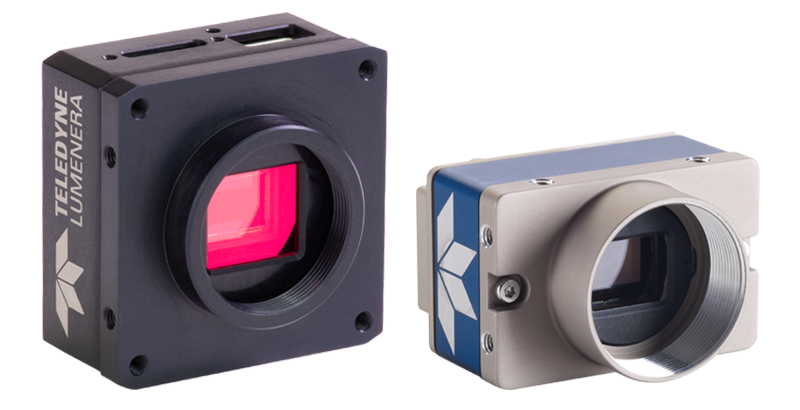Oct 14 2020
Teledyne Imaging, a Teledyne Technologies company and global leader in machine vision, is pleased to announce the extension of its Teledyne DALSA Genie Nano-1G Camera Series and Teledyne Lumenera Lt Series USB3 cameras based on third generation Sony® Pregius® Global Shutter CMOS sensors.
 New GigE and USB3 cameras are based on third generation Sony Pregius sensors
New GigE and USB3 cameras are based on third generation Sony Pregius sensors
The latest cameras are capable of large full well capacity and bring increased dynamic range to the Genie Nano-1G and Lt Series camera portfolio. This, in combination with larger pixel sizes, allows for high levels of detail in low light environments.
Ranging in resolution from 0.5 to 7.1 million pixels, the cameras take full advantage of the unique High Conversion Gain provided by these new Sony Pregius sensors. This allows the cameras to obtain clear images by capturing more light without introducing high levels of noise.
“The expanded Genie Nano-1G and Lt Series USB3 cameras provide excellent performance and image quality for general machine vision applications like high-speed factory automation, and they excel in applications where lighting is low or varied,” said Manny Romero, Senior Product Manager for Teledyne DALSA and Teledyne Lumenera. “The third generation Sony Pregius sensors also complete the overall migration from CCD to CMOS technology.”
Both series are engineered to deliver high dynamic range with low read noise for a variety of demanding applications ranging from traditional machine vision to high-speed industrial automation, to Intelligent Traffic Systems (ITS) and aerial imaging.
Key Features:
- Six new GigE Vision models in both color and monochrome versions with TurboDrive™ for faster output
- Six new USB3 Vision models in both color and monochrome versions
- Large full well capacities (up to 100Ke) resulting in high dynamic range, coupled with larger pixel sizes for performance in a wide variety of lighting conditions
- Integration of Sony Pregius’ third generation sensors (IMX428, IMX430, IMX432, and IMX433) into Teledyne Imaging’s feature rich camera families
- Both series support advanced camera features in a compact form factor for easy integration.